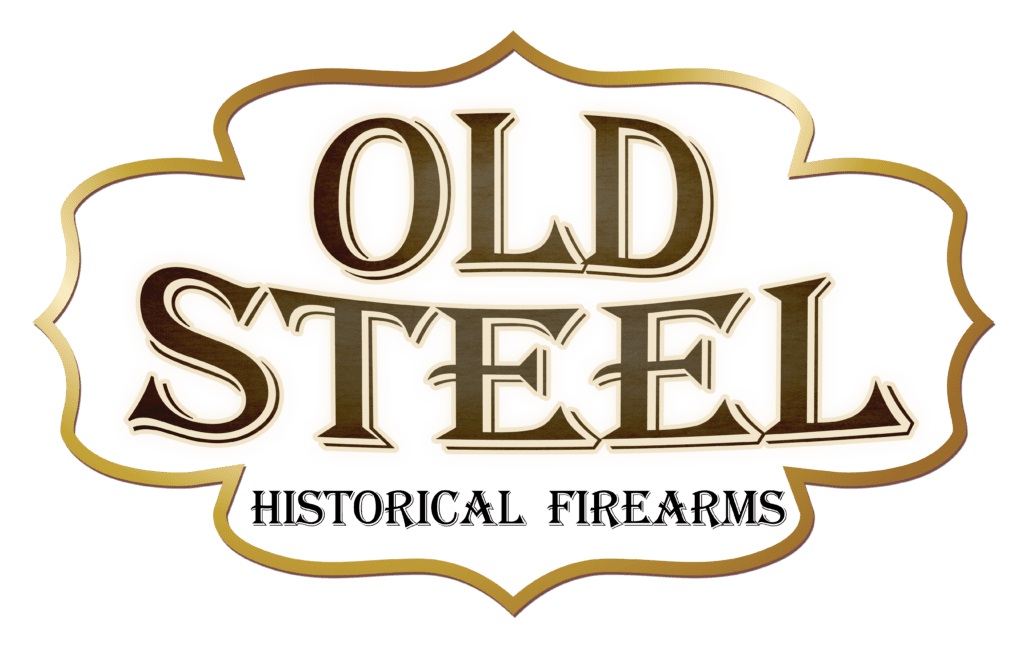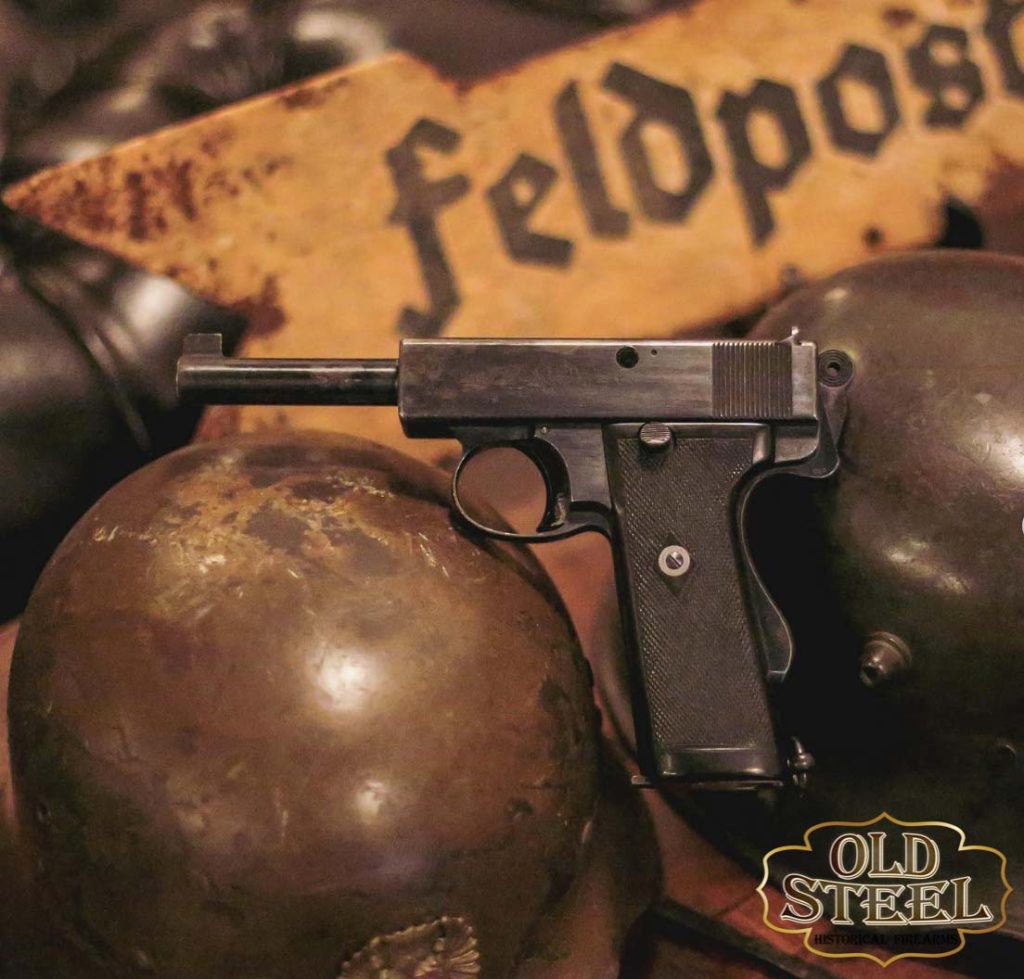
Most gun owners own or will eventually obtain an old gun that they consider refinishing. It may have been passed down through the family for generations or just something that caught your eye the last time you were at the gun shop.
Generally speaking, refinishing a firearm will reduce its value, but many factors play into it, such as value, collectibility, and personal want. There are many alternatives to refinishing that will preserve the firearm in question without hurting its value.
Deciding whether you should refinish a firearm or not is a big decision. Making an educated decision is the best way to go about it.
Affiliate Disclosure: This article may contain affiliate links. When you use these links, I earn a small commission from each sale generated at no cost to you. This commission helps me continue to put out free content. I work a full-time job that I am very happy with; therefore, I don’t need this commission and am not obligated to speak highly of any product. Everything written is my own opinion: the good, the bad, and the ugly.
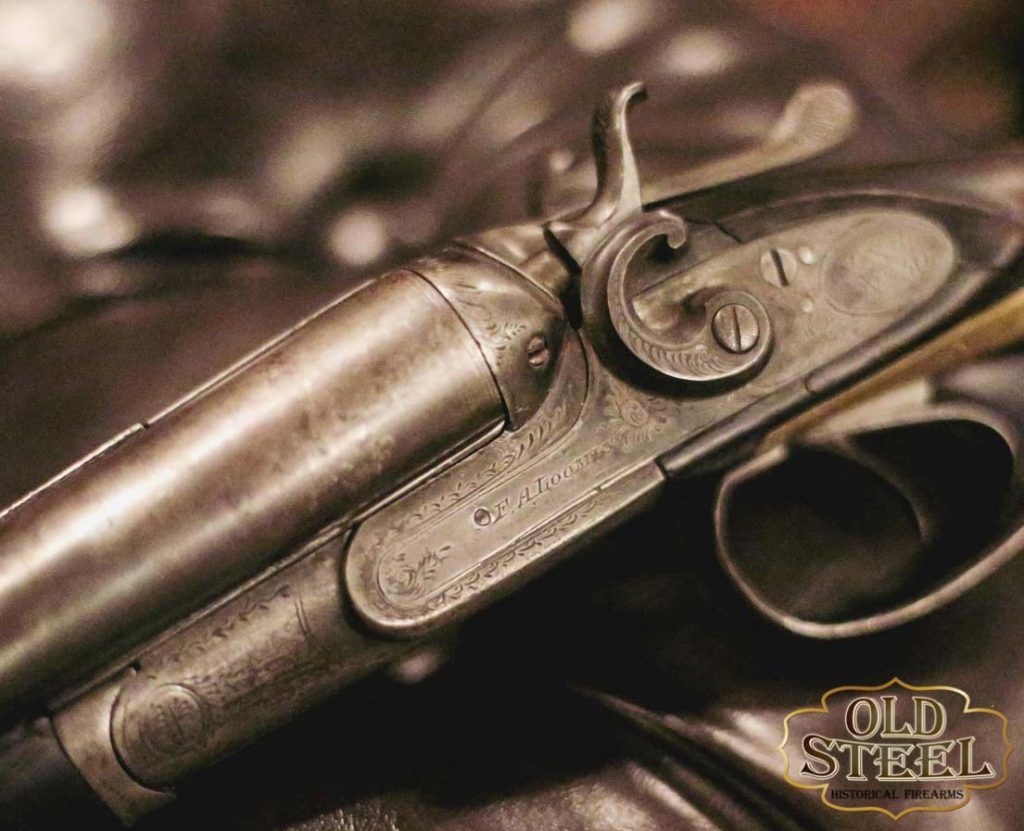
While working at Old Steel Historical Firearms in Littleton, Colorado, I saw some amazing things come through the door. Everything from the most basic M1 Garand to the holy grail of a Colt Single Action Army that saw action at the Little Big Horn. While I’ve seen some of the most impressive firearms that exist, I’ve also seen some that are less than desirable for one reason or another.
What is a Refinish?
A refinish is when the metal or wood is reconditioned to look like a “factory-new” finish. In its basic form, refinishing involves a gunsmith or hobbyist who polishes all of the metal parts, sands the wood stock, and reapplies a new finish. While refinishing may mean different things to different people, this is generally what people mean.
First, the pitting is removed from the metalwork with files and sandpaper. It is then polished to an even finish throughout. Next, care is taken around screw holes and factory stampings as they are easily washed out. That is the most significant indicator of a poor refinish job.
For the wood, the old finish is first stripped down and removed. Then, all of the dents are raised before sanding. The sanding involves progressively using finer sandpaper to achieve the intended results. Deep scratches and gouges will be removed during this process. Finally, the finish is applied.
This post is brought to you in collaboration with Old Steel Historical Firearms, located in Littleton, Colorado. They are the go-to gun shop for collectors and shooters alike. Old Steel is dedicated to finding historical and collectible items and making them available to the customer. They have an impressive inventory of nearly 1,500 historical firearms and an outstanding selection of uniforms, bayonets, and odd ammunition. Go check them out at Oldsteelguns.com! Follow them on Instagram: @oldsteelguns
Determining Its Value
Determining the value of your firearm is not an easy task. With the billions of firearms that have been made around the globe, it is safe to say that some guns are worth more than others. The value is also subjective to who you might sell it to. A collector looking for a particular marking might pay exponentially more than your buddy, or vice versa.
There are many ways to determine the value of a gun. The value tends to correlate directly to its rarity and condition. Some of the other factors that play into that are supply vs. demand and its popularity in pop culture. Most of these old guns are not made anymore and haven’t been for many years. Therefore, the supply is limited.
For example, millions of Mosin Nagants were made by Russia, which, when initially imported, made them very affordable. However, with current import restrictions, that seemingly endless supply dried up, and they are now much higher in price. Continuing with this example, certain stamps and markings can add to their rarity and drastically increase their value even more.
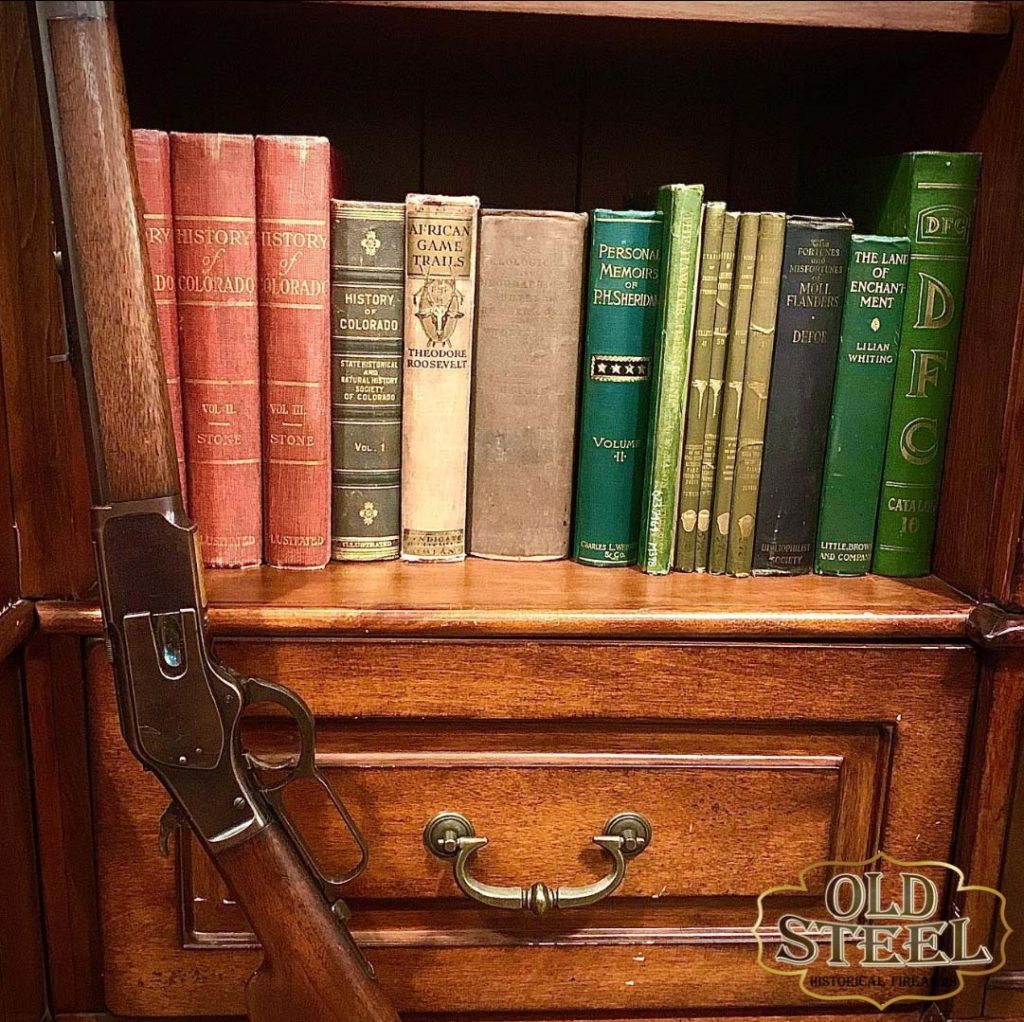
Does Refinishing Help or Hurt a Gun’s Value?
So, does refinishing help or hurt a gun’s value? The answer is it is completely dependent on the individual gun. This is easier to break down into categories as they tend to be viewed differently.
Refinishing a military surplus firearm will almost always hurt the value of the gun. This is not to be confused with the arsenal refinishing that many military arms underwent before going to storage many years ago. Most collectors and military arms enthusiasts would much rather have a gun in its original condition that shows its battle scars and could tell a story.
Refinishing a commercial firearm could go either way. A commercial firearm is a rifle, shotgun, or pistol that was sold to the public. There is a lot that goes into determining that. A Remington 700 covered in rust will be worth less than one that has been refinished and is free of rust. The target market for most commercial arms is hobbyists and sportsmen. The flip side of that is that some commercial arms are rare and will most definitely lose value being refinished. A good example of this side of the equation is any Pre-64 Winchester.
These are not hard and fast rules. Every gun is different, and it is worth consulting both a gunsmith and collector before restoring a gun.
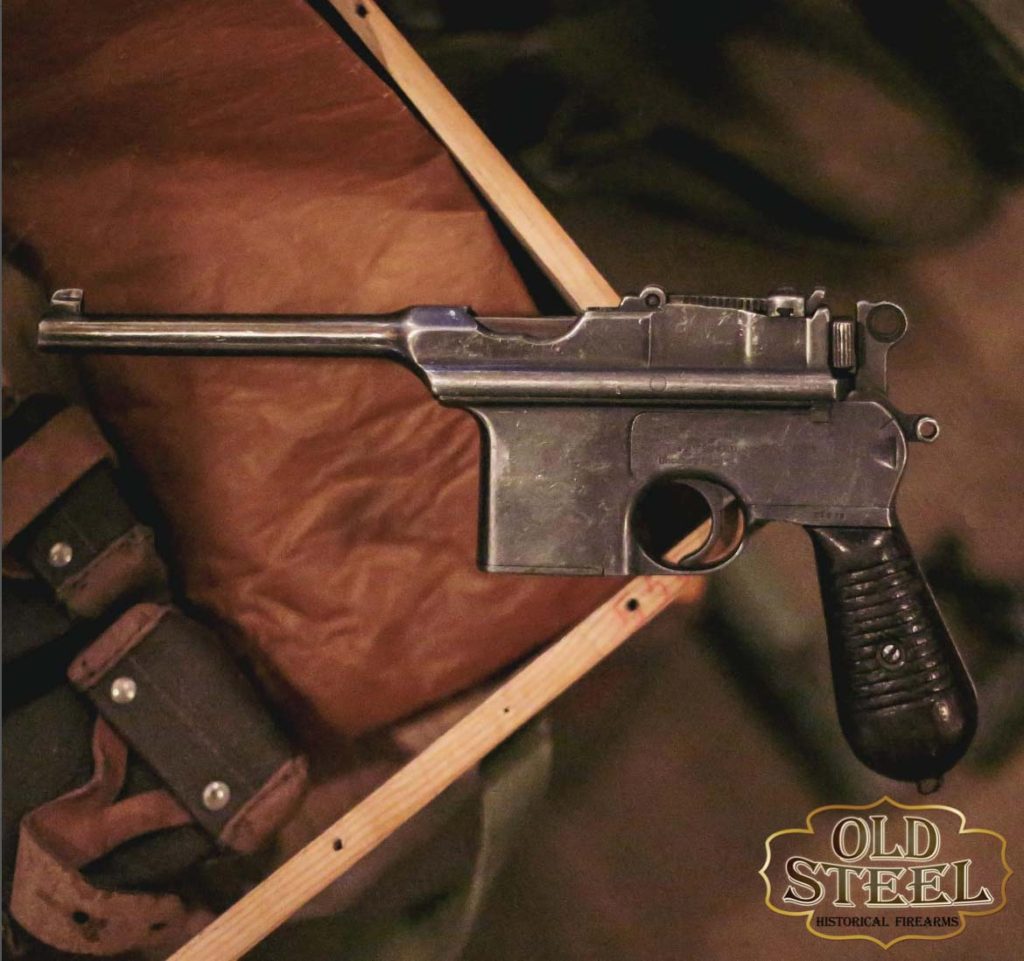
What Does a Proper Refinishing Look Like?
Not all refinish jobs are created equal. A refinish done right is a thing of beauty and brings you back to the day it came off the factory floor. However, there are only a few companies that really know how to do it right. Doing it right means paying attention to every detail. Polishing marks go in the same direction as they originally did in the factory, the correct screws and pins are fire-blued, and everything is heat-treated properly.
It takes more than simply knowing how they work to do work like this. A historical look at the original manufacturing processes is critical in this level of restoration. Old books and text looking at the inside of these shops can help tremendously.
Turnbull Restorations is a perfect example of a company that does it right. Getting a firearm refinished by the Turnbull crew almost always increases the value of the gun, but it isn’t cheap. When looking for someone to do a restoration like this, your best work will always come from someone specializing in one model or manufacturer. They will be very familiar with the processes for those models and will guarantee that is done right.
Use coupon code KTG10 to get 10% off your order of $150 or more at Brownells.
Alternatives to Refinishing
Many people aren’t sure what to ask a gunsmith when deciding what to do with an old gun that they believe needs work. Don’t be afraid to ask the gunsmith his opinion on what he believes would be the best route for the gun. Use his opinion to make an educated decision on what you’d like to do next. The article linked below guides you through finding the right gunsmith for the job.
How to Find the Right Gunsmith
When discussing alternatives to refinishing, there are two main routes that I recommend. The first is a detailed cleaning, and the second is somewhat new to the gun world thanks to Mark Novak and is called conservation.
Detailed Cleaning
A detailed cleaning is precisely as it sounds. It involves the gunsmith removing every part and piece from the gun, inspecting it, and cleaning it. Detailed cleaning is very important for older firearms. There are a lot of moving parts that you can’t see during field stripping. To keep your gun running as intended, these parts must be clean and in working order.
Conservation
Conservation involves boiling the metal parts in water and converting the rust back into bluing. Mark Novak of Anvil Gunsmithing has made conservations famous across the gunsmithing world for a good reason. That means no polishing or removing important markings. The results are impressive, the rust is killed, and the value isn’t hurt. Moving forward, I believe this will become as popular as refinishing. It is an important step forward in preserving the metal for many more generations to enjoy.
It’s Your Gun
Ultimately, all of this conversation comes down to what you want. If the gun is yours, do what will make you happy. Definitely consider the effects of a project like this, though. Maybe it is worth picking up a post-64 Winchester Model 94 for your tactical project instead of modifying your Grandpa’s old deer rifle.
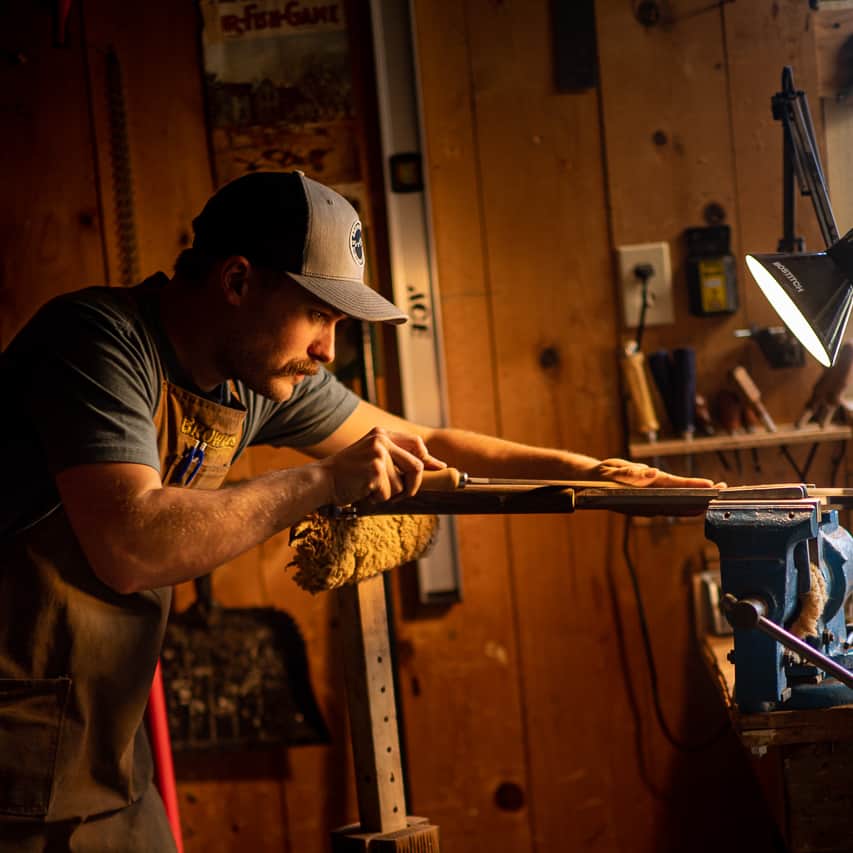
Written by: Kurt Martonik
Kurt is a Gunsmith, Reloader, Hunter, and Outdoorsman. He grew up in Elk County, Pennsylvania, where he became obsessed with the world of firearms. Following high school, Kurt enlisted in the United States Air Force as a Boom Operator, where he eventually rose to the position of Instructor. After his military service, he attended the Colorado School of Trades(CST) in Lakewood, CO for gunsmithing. Following graduation, he accepted a job at C. Sharps Arms in Montana, where he worked as a full time stockmaker and gunsmith.
